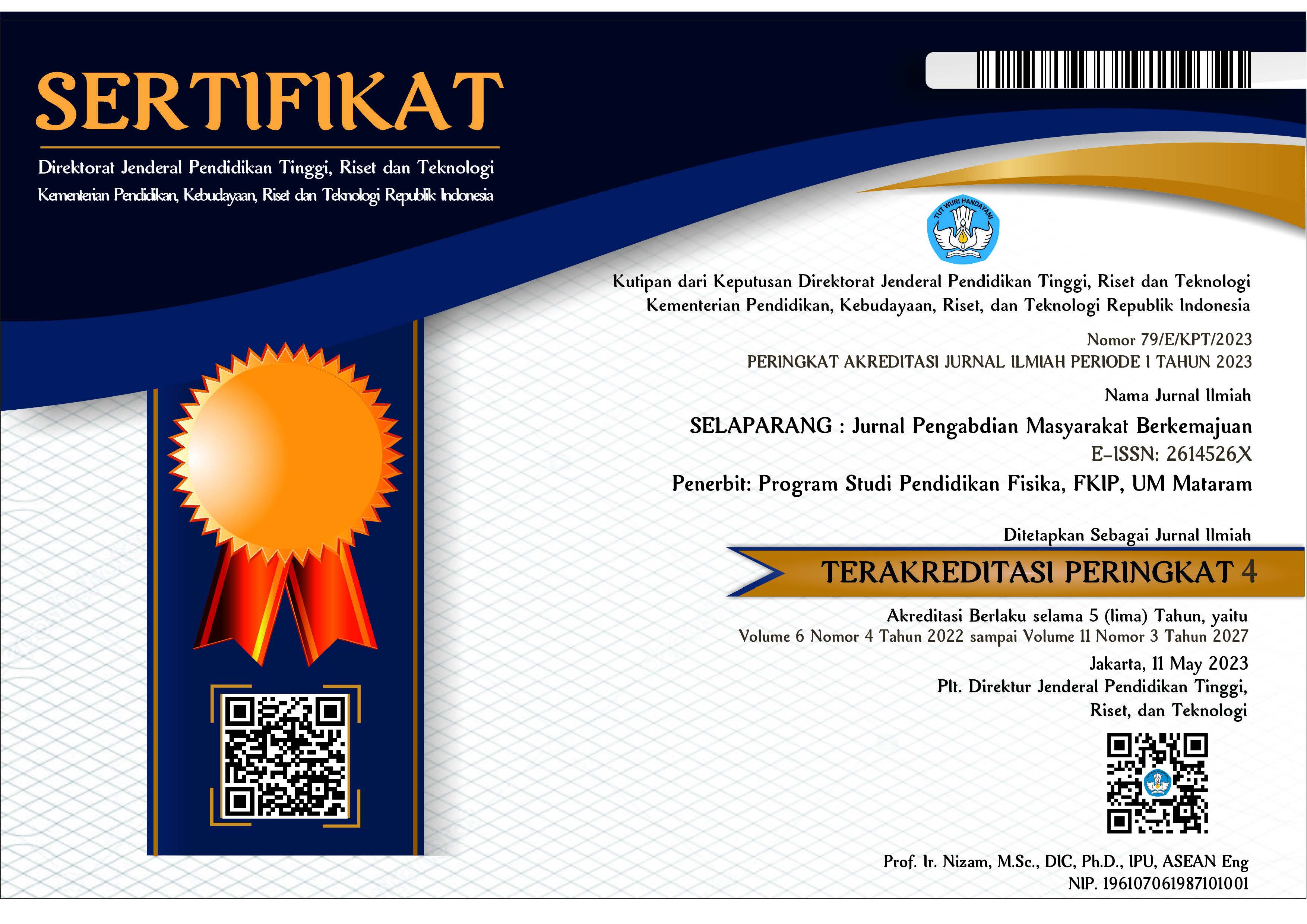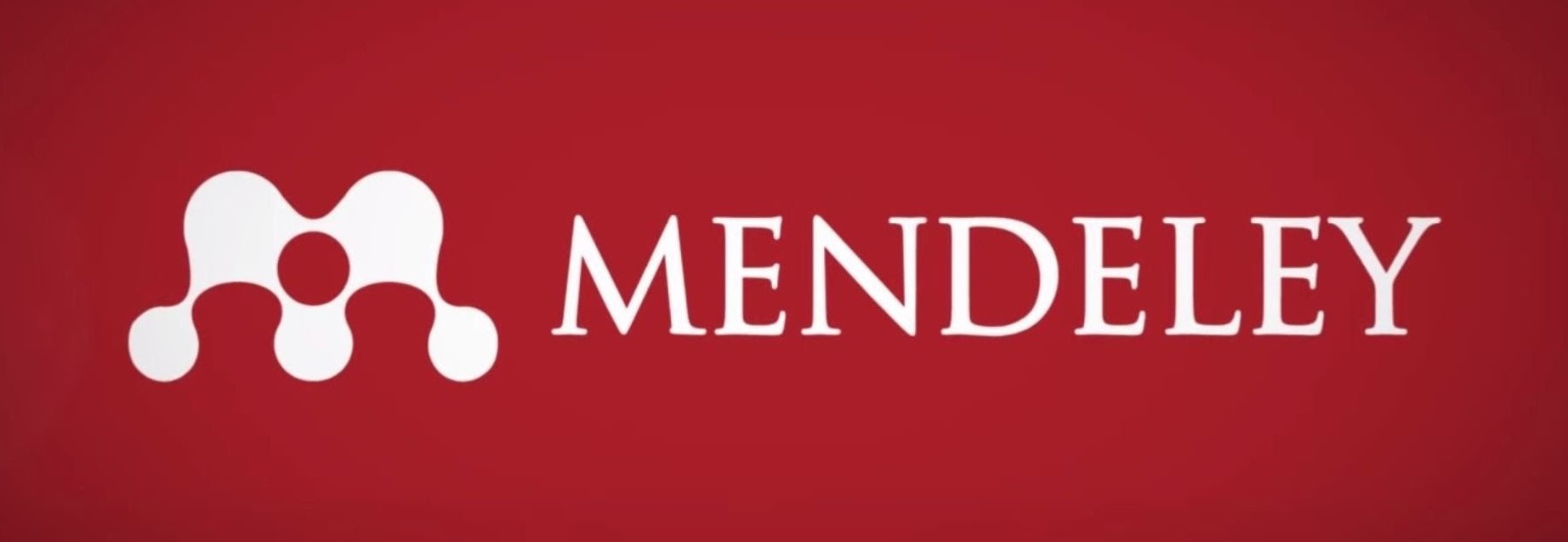SOSIALISASI MANFAAT KARBON AKTIF SEBAGAI MEDIA FILTRASI AIR GUNA MENINGKATKAN KESADARAN AKAN PENTINGNYA AIR BERSIH DI SMK PGRI CIKAMPEK
Abstract
ABSTRAK
Ketersediaan air bersih menjadi sangat penting terutama di masa pandemi seperti saat ini. Indikator air bersih tidak hanya dilihat dari warna, tetapi juga dari aroma dan rasa. Untuk memperoleh air bersih salah satunya dapat menggunakan alat filtrasi air dengan karbon aktif sebagai salah satu media filtrasinya. Karbon aktif dapat menyerap zat-zat atau mineral yang mencemari air. Adapun manfaat karbon aktif dalam proses filtrasi air sebagai penyerap bau, warna, klorin atau mineral lain dan membuat rasa segar pada air. Selain menggunakan karbon aktif sebagai media filtrasinya, pada alat filtrasi air juga menggunakan media yang lain untuk membantu menghilangkan kontaminan pada air yang tercemar seperti menggunakan kerikil, ijuk dan pasir. Selain itu juga alat filtrasi dapat didesain dengan sangat baik sehingga aliran air tetap mengalir dengan cepat serta dilengkapi dengan adanya sinar UV untuk membunuh kuman atau bakteri pada air sehingga menjadi lebih steril. Adapun tujuan dari pengabdian ini adalah memberikan edukasi terhadap siswa/i SMK PGRI Cikampek dalam memanfaatkan karbon aktif sebagai salah satu media filtrasi air dalam multi-media water filter. Selain memberikan pelatihan pembuatan dan penggunaan alat filtrasi air, juga disampaikan cara pembersihan dan perawatan alat tersebut serta mengedukasi pentingnya air bersih dalam kehidupan terutama di masa pandemi covid-19 seperti saat ini.
Kata kunci: covid-19; karbon aktif; multi-media water filter.
ABSTRACT
The availability of clean water is very important, especially during a pandemic like today. The indicator of clean water is not only seen from color, but also by smell and taste. To obtain clean water, one of them can use a water filtration device with activated carbon as one of the filtration media. Activated carbon can absorb substances or minerals that pollute water. As for the benefits of activated carbon in the water filtration process as an absorber of odors, color, chlorine or other minerals and makes the water taste fresh. Apart from using activated carbon as the filtration media, the water filtration device also uses other media to help remove contaminants in polluted water such as using gravel, palm fiber and sand. In addition, the filtration device can be designed very well so that the water flow continues to flow quickly and is equipped with UV rays to kill germs or bacteria in the water so that it becomes more sterile. The purpose of this programme is to provide education to students of SMK PGRI Cikampek in utilizing activated carbon as one of the water filtration media in a multi-media water filter. In addition to providing training on the manufacture and use of water filtration devices, it was also conveyed how to clean and maintain these devices and educate the importance of clean water in life, especially during the Covid-19 pandemic like today.
Keywords: covid-19; activated carbon; multi-media water filters.
Keywords
Full Text:
PDFReferences
Ambarita, H. P., Saparin & Wijianti, E. S., (2020). Pemanfaatan Karbon Aktif Limbah Kelapa Sawit sebagai Media Alternatif Filter Gas H2S pada Biogas. Machine: Jurnal Teknik Mesin, VI(1), pp. 27-33.
Bouguettoucha, A. et al., (2016). Novel Activated Carbon Prepared from an Agricultural Waste, Stipa Tenacissima, based on ZnCl Activation - Characterization and Aplication to the Removal of Methylene Blue. Journal of Desalination and Water Treatment, III(12), pp. 24056-24069.
Chen, C., Zhao, P., Li, Z. & Tong, Z., (2016). Adsorption Behavior of Chromium (VI) on Activated Carbon from Eucalyptus Sawdust Prepared by Microwave-Assisted Activation with ZnCl2. Journal of Desalination and Water Treatment, III(12), pp. 12572-12584.
Coenrad, R., Wiratno & Karelius, (2019). Perancangan Filter Penjernih Air Sungai Kahayan Berbasis Pasir Silika dan Lempung Alam Asal Kalimantan Tengah. Jurnal Jejaring Matematika dan Sains, I(2), pp. 70-76.
Effendi, H., (2003). Telaah Kualitas Air. 1st ed. Yogyakarta: Penerbit Kanisius.
Efiyanti, L., Wati, S. A. & Maslahat, M., (2020). Pembuatan dan Analisis Karbon Aktif dari Cangkang Buah Karet dengan Proses Kimia dan Fisika. Jurnal Ilmu Kehutanan, XIV(1), pp. 94-108.
Fardiaz, (1989). Mikrobiologi Pangan. 1st ed. Bogor: IPB Press.
Gomez, K. A. & Gomez, A. A., (1995). Statistical Procedures for Agricultural Research. 1st ed. New York: John Wiley & Sons, Inc.
Hartanto, S. & Ratnawati, (2010). Pembuatan Karbon AKtif dari Tempurung Kelapa Sawit Dengan Metode Aktivasi Kimia. Jurnal Sains Materi Indonesia, III(12), pp. 12-16.
Kusnaedi, (2010). Pengolahan Air Kotor untuk Air Minum. 1st ed. Jakarta: Penebar Swadaya.
Lein, M. A., Salosso, Y. & Lukas, A. Y. H., (2020). The Using of Various Types of Charcoal to Improve pH and Amoniac to Resolve the Development of Aeromonas Hydrophila Bacteria in Tilapia Rearing (Oreochromis Niloticus). Jurnal Aquatik, III(2), pp. 1-8.
Marsh, H. & Rodriguez, R. F., 2006. Activated Carbon. 2nd ed. Chicago: Elsevier Science & Technology Books.
Mifbakhuddin, (2010). Pengaruh Ketebalan Karbon Aktif sebagai Media Filter terhadap Penurunan Kesadahan Air Sumur Artetis. Jurnal Eksplanasi, V(2), pp. 1-11.
Mubarak, W. I. & Chayatin, N., (2008). Ilmu Kesehatan Masyarakat. 1st ed. Gersik: Salemba Medika.
N., Z. R. N. & Purnomo, d. Y. S., (2019). Penurunan Mangan dengan Aplikasi Filter dan Karbon Aktif. Jurnal Envirotek, XI(2), pp. 1-8.
Nuriana, F. I., Anwar, M. & Purwaningsih, D. Y., (2020). Pembuatan Karbon Aktif dari Eceng Gondok. Journal of Tecnoscienza, V(1), pp. 37-48.
Pambayun, G. S., Yulianto, R. Y. E., Rachimoellah, M. & Putri, E. M. M., (2013). Pembuatan Karbon Aktif dari Arang Tempurung Kelapa dengan Aktivator ZnCl2 dan Na2CO3 sebagai Adsorben untuk Mengurangi Kadar Fenol dalam Air Limbah. Jurnal Teknik Pmots, II(1), pp. F-116-F-120.
Pitojo, S., (2003). Deteksi Pencemaran Air Minum. 1st ed. Ungaran: CV. Aneka Ilmu.
Rachmawati, N., (2020). Pengaruh Adsorben sebagai Media Filter dalam Menurunkan Kadar Timbal dalam Matrik Air Sungai. Walisongo Journal of Chemistry, III(2), pp. 79-85.
Sari, N. P. & Mashuri, (2020). Efektivitas Penambahan Karbon Aktif Arang Kayu Bakau dalam Proses Filtrasi Air Gambut. PREPOTIF Jurnal Kesehatan Masyarakat, IV(2), pp. 85-84.
Sudrajat, R. & Salim, S., (1994). Petunjuk Teknis Pembuatan Arang Aktif. 1st ed. Bogor: IPB Press.
Sumestri, S. & Alaerts, G., (2000). Metode Penelitian Air. 1st ed. Surabaya: Usaha Nasional.
Suriawiria, U., (2005). Air dalam Kehidupan dan Lingkungan yang Sehat. 1st ed. Bandung: Alumni Press.
Sutrisno, T. C., (2014). Teknologi Penyediaan Air Bersih. 1st ed. Jakarta: Rineka Cipta.
Suyasa, W. B., (2015). Pencemaran Air & Pengolahan Air Limbah. 1st ed. Bali: Udayana University Press.
Taryana, M., (2002). Arang Aktif (Pengenalan dan Proses Pembuatannya). 1st ed. Aceh: Fakultas Teknik-Universitas Sumatera Utara.
DOI: https://doi.org/10.31764/jpmb.v4i2.4389
Refbacks
- There are currently no refbacks.

This work is licensed under a Creative Commons Attribution-ShareAlike 4.0 International License.
______________________________________________________
Jurnal Selaparang
p-ISSN 2614-5251 || e-ISSN 2614-526X
EDITORIAL OFFICE:



















